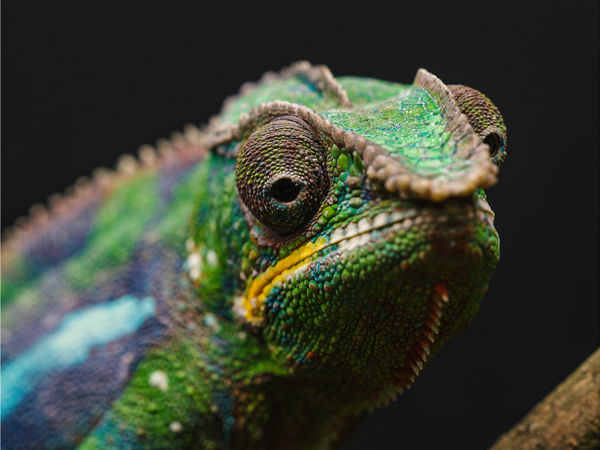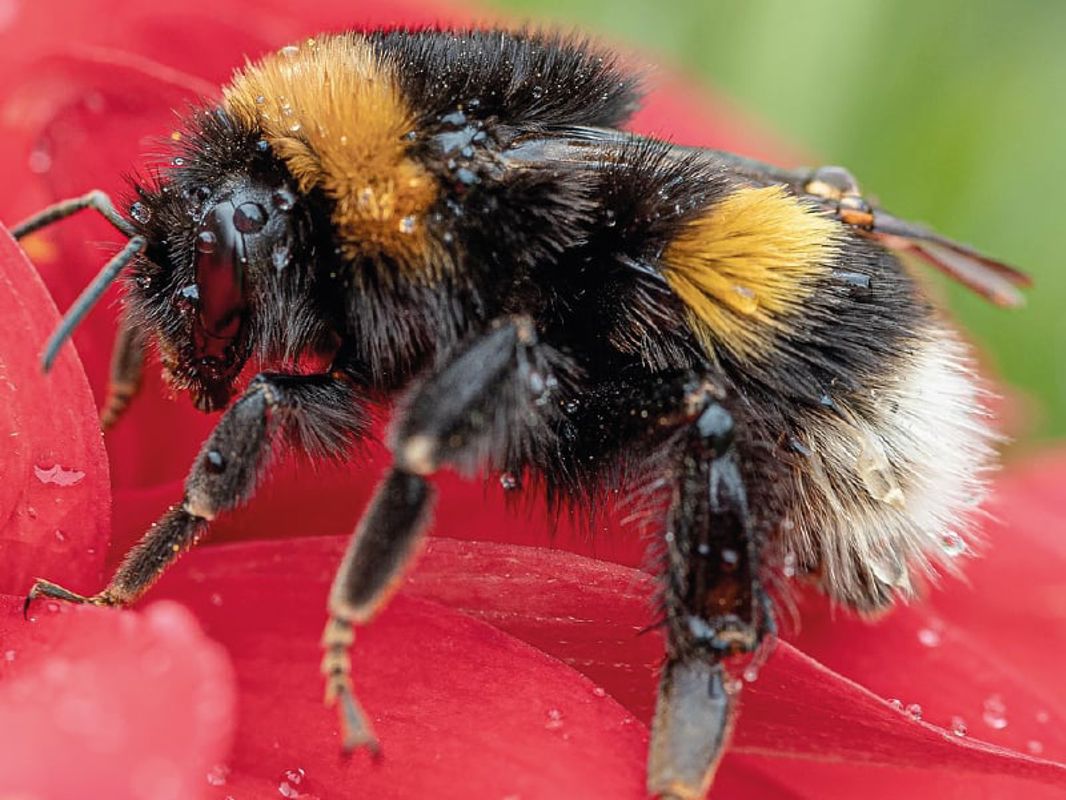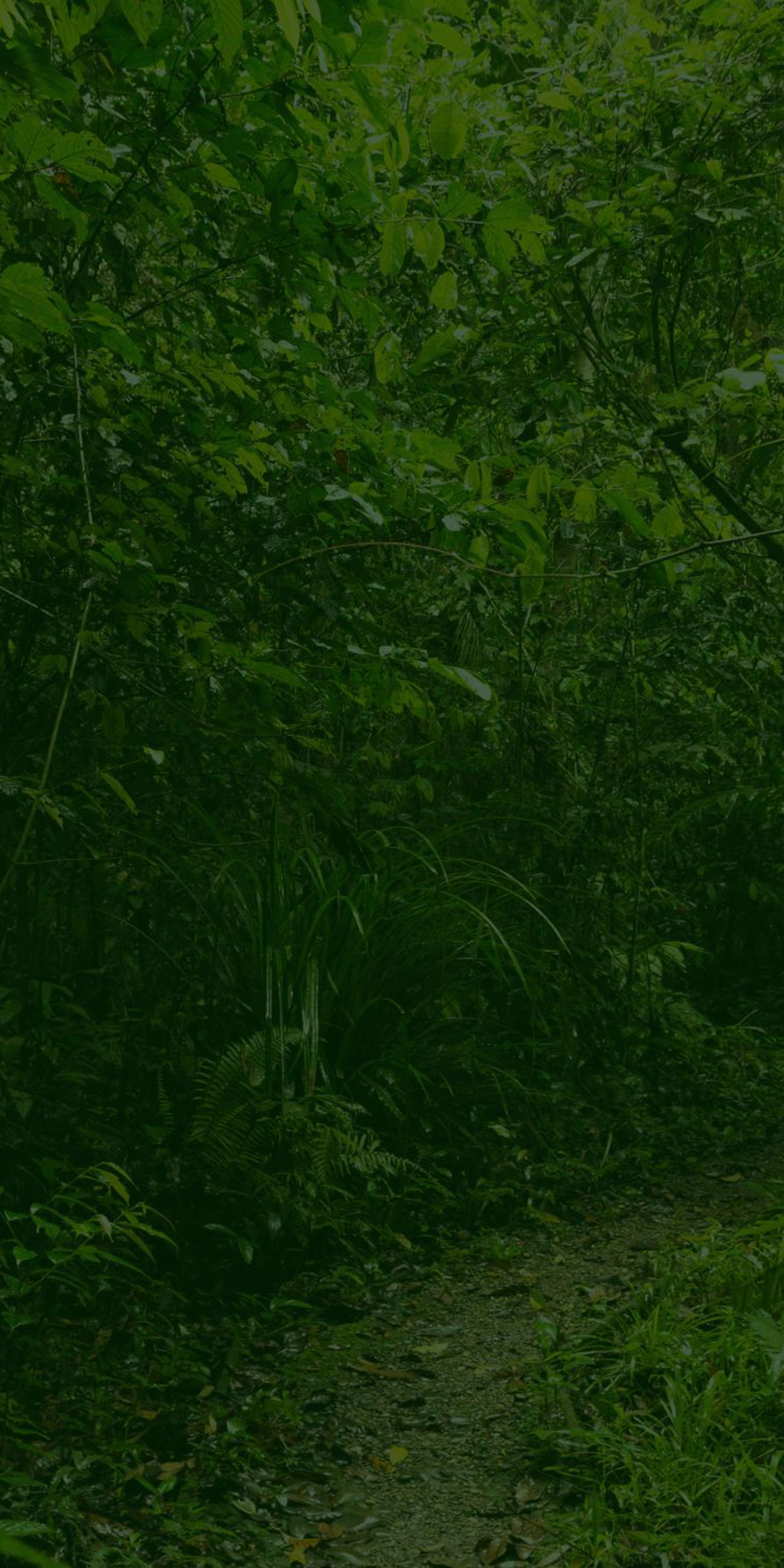Celebrating British springtime animals
6th Mar 2023
This Spring, at Twycross Zoo, we’re celebrating wonderful native British springtime animals. On your next visit to the zoo, take part in our Spring Trail. Or, if you’ve completed the trail, keep reading to discover more facts about these amazing animals that live on our doorstep…
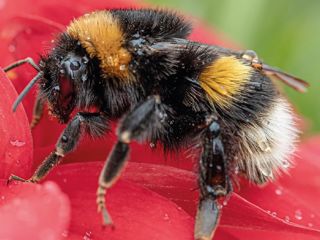
Buff-tailed bumblebee
Nesting underground, often in empty mouse nests, the buff-tailed bumblebee is the largest of our bumblebees. They live in large groups of up to 600 bees and emerge in early spring. The buff-coloured tail of the large queen gives these bumblebees their name, with the worker bees having almost white tails. The buff-tailed bumblebee feeds on the nectar from all types of flowers, but a particular favourite are open daisy-like flowers with easily accessible nectar.
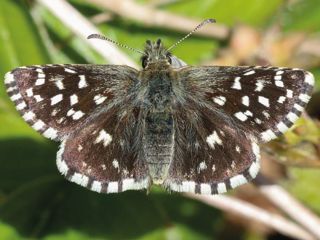
Grizzled skipper butterfly
Skipper butterflies are characterised by their rapid, darting flight patterns. The grizzled skipper is the smallest of our skippers with black or dark brown wings and white spots. Grizzled skippers appear in spring and can be found basking in the early morning sunshine in habitats with short, mixed vegetation such as woodland clearings, grazed chalk downland or even abandoned industrial sites. Favourite foods of the caterpillar are bramble, wild strawberry, agrimony and dog-rose. The butterfly lives in small colonies of less than 100, feeding from various nectar sources.
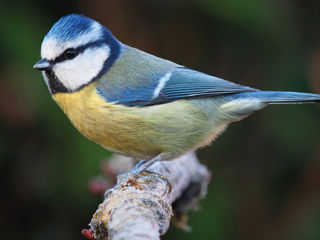
Blue Tit
The blue tit is one of our most attractive native garden birds. This small bird is a colourful mix of blue, green, white and yellow and can be found in woodland, hedgerows, parks and gardens. Blue tits feed on insects, caterpillars, seeds and nuts and can often be found visiting bird tables and feeders. Most birds can see ultra-violet (UV) light and the blue tit is no exception. The blue crown on the head of a blue tit has been shown to glow under UV light and, in females, is thought to play a part in attracting a mate. During searches for food in the winter months, families of blue tits will form flocks with other tits. The blue tit has a characteristic ‘tsee-tsee-tsee’ song.
Painted lady butterfly
The painted lady butterfly is a long-distance migrant that reaches our shores in the summer from North Africa, the Middle East and Southern Europe. This can be a spectacular migration with vast numbers of these large, orange, black and white butterflies. This butterfly unfortunately cannot survive our winter but is frequently seen all over the UK in late summer. The caterpillars are black with tiny white speckles, yellow stripes and spines. Their favourite foodplants include thistles, common nettle and mallows. The painted lady butterfly can be found feeding on buddleia and many other garden flowers.
Mute swan
The mute swan swims with it’s long neck curved into an S-shape and often holds it’s wings slightly raised above it’s back. It has an orange beak with a black base and a black knob and can frequently be seen on waterways across the UK. Mute swans feed on aquatic vegetation, molluscs, small fish and worms. They can occasionally be seen grazing in big grassy fields. Mute swans form long lasting pair bonds and the cygnets can be a grey or a white form.
Peacock butterfly
The peacock butterfly is a fairly large, familiar visitor to the gardens and countryside of the UK. It has brownish-red wings with a spectacular pattern of eyespots used to scare off predators. The underside of the wing is dark and looks like dead leaves, acting as effective camouflage when the butterfly is resting with closed wings. The butterfly usually lay their eggs on common nettle in batches of up to 500 eggs. These then hatch into the caterpillars which are black, speckled with white spots and have short spines.
Great crested newt
Great crested newts are the largest of the 3 native UK newts. They are dark brown or black in colour, with a ‘warty’ like appearance to their skin and the males developing a wavy crest along their back. The belly of a great crested newt is a striking orange colour with black blotches. Due to their declining numbers these amphibians are protected by British and European laws. The great crested newt spends most of it’s time on land hunting invertebrate prey by night but must return to ponds to mate and lay eggs in spring to early summer.
Pipistrelle Bat
The common pipistrelle is one of the smallest and most abundant bats in the UK with brown fur and a black face and wings. These bats roost and hibernate in buildings but also need trees nearby to cover them as they emerge at night to hunt. Pipistrelle bats feed on flying insects such as flies, midges, mosquitoes and moths which they find using echolocation.
Eyed ladybird
The eyed ladybird is large and distinct from other ladybirds by the pale-yellow border around it’s spots. Feeding on aphids this ladybird can normally be found on pine trees or other conifers in woodlands, towns and gardens. Normally seen from Spring to Autumn, the eyed ladybird lays eggs in batches of up to 40. The eggs hatch into the larval stage, the larvae then pupate and develop into the adult ladybirds.
Roe Deer
This medium-sized, tailless deer appears reddish brown in the summer and grey in the winter and is the most common of our native deer species. Roe deer can be found on woodland, grassland, heathland and farmland where they eat buds and leaves of deciduous trees and shrubs, along with grasses, heathers and ferns. A female roe deer is known as a ‘doe’ A male roe deer is called a ‘buck’ and has relatively short antlers with no more than three points. Antlers grow from November ready for the breeding season, known as ‘the rut’ in the summer, and are shed in October after mating.
Nightjar
One of our most elusive birds, the nightjar is a summer visitor to the UK with a bark-like appearance that perfectly camouflages it on the heathlands, moorlands and in young conifer woods. The nightjar is nocturnal, hunting for flies, moths and beetles at dawn and dusk, catching them on the wing using it’s wide mouth. The ‘churring’ song of the male nightjar can sometimes be heard as darkness arrives. Nightjars do not build nests in trees, instead they lay their eggs directly on the ground where their bark-like colours help them to camouflage.
Weasel
Weasels are widespread in Britain, with the exception of Ireland, and have chestnut brown fur with white-cream underparts. They have a long, slim body making them well suited to following field and bank voles along their runs and burrows. Weasels are carnivores and belong to a family of animals known as mustelids which includes stoats and otters. Weasels can be found in a variety of habitats that offer plenty of prey and cover to shelter. Weasels have a large appetite and spend most of their time hunting in long vegetation and under hedgerows. They are solitary animals, only coming together to mate. A litter of 3 to 6 young, known as kits, are raised in a nest or den. The kits will be independent within 2 to 3 months.
Hedgehog
Widespread throughout mainland Britain, hedgehogs have a round, brown body covered in yellow-tipped spines and a short tail. Hedgehogs root through hedges and undergrowth in search of invertebrate prey such as worms, centipedes and beetles. Hedgehogs will also eat bird’s eggs, amphibians and anything else that they can catch, preferring to search for their food at night. Hedgehogs do not have very good eyesight, but they do have good hearing and a good sense of smell. During the day hedgehogs like to shelter and sleep in a nest made of leaves and moss. They will sleep curled up into a prickly ball to protect themselves and deter predators. Over winter hedgehogs will hibernate in a ‘hibernaculum’ made from leaves or logs.
Common Toad
Common toads are a relative of the common frog, and both are amphibians. You can tell these species apart by their skin, toads have drier-looking, bumpy skin, whereas frogs are very smooth and slimy-looking. Toads begin to travel to their special breeding ponds in February, as temperatures start to warm up. They lay their eggs in deep, still water and wait for them to hatch as tadpoles. The tadpoles have toxins in their skin which protect them from predators, and as they begin to grow, they develop legs and begin to spend more time on land. Once fully grown they are found in woodlands, hedgerows and shaded grass meadows, even your garden. They are predators and hunt slugs, snails and other invertebrates. Some even hunt small harvest mice and grass snakes if they get the chance.
Badger
Although the badger is easily recognisable, with its black-and-white striped head, it’s not very often you’ll see one of these secretive animals out in the open. Badgers live in underground burrows called “setts” with their families, and they keep them very tidy. Badgers even make sure to go to toilet in an area a small distance away from their home to keep their sett clean – this is super important as badgers have a good sense of smell. These striped omnivores head out at night to find fruit, plants, small mammals and eggs to eat. But their favourite snack? Worms! They dig up these delicious snacks with their large and strong front paws. Young badgers are called “cubs”, and only leave their warm setts for the first time in spring, when they are several months old.
-
![Bees News]()
Celebrating British springtime animals
As Spring starts to bloom, you might see some of these animals when you’re out and about, so keep your eyes peeled!
